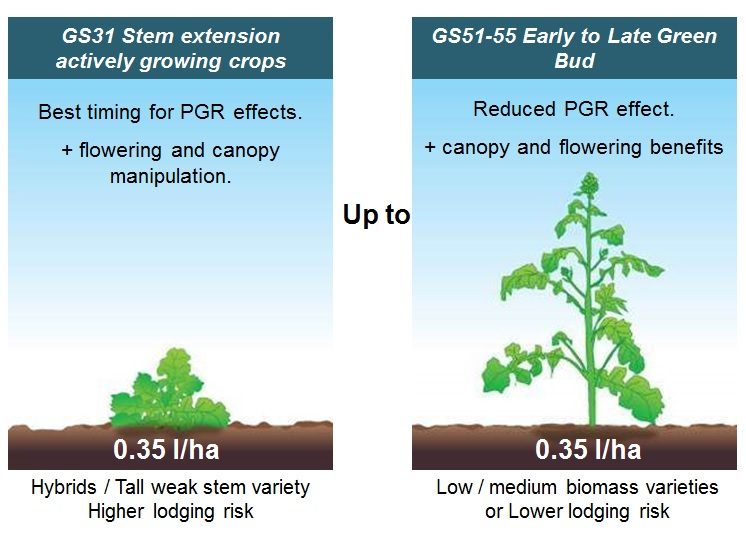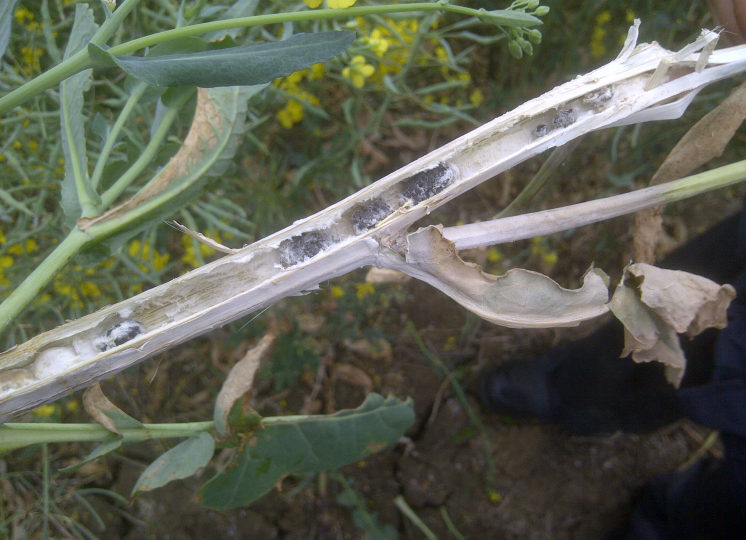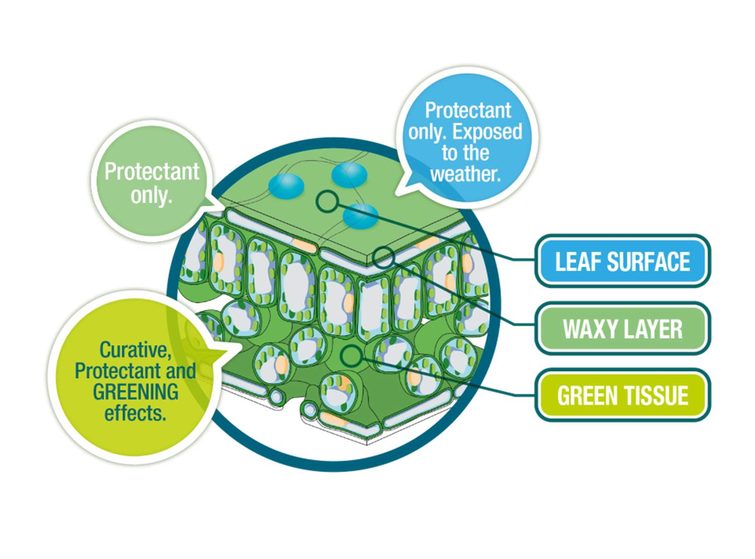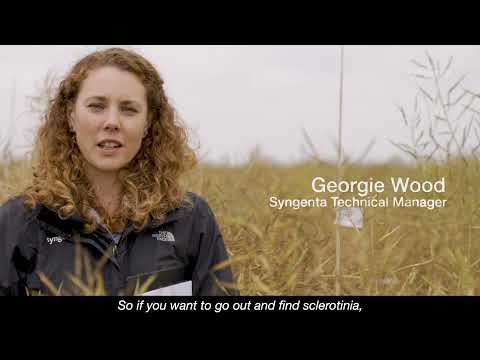
Oilseed Rape

iOSR
In light of the challenging oilseed rape market, last year we launched a new initiative called iOSR, focused on sharing insights from farmers, agronomists and industry experts to support more informed decisions for crop agronomy.
To read more about the project and hear from some of the growers involved visit: www.fginsight.com/iOSR. In addition, you can ask us questions and join iOSR discussions on Twitter by using #iOSR.
Crop architecture manipulation helps maximise yield

Tailor the timing of your PGR to your situation
Prioritise crops that are vigorous, tall/weak stemmed varieties, or in a high lodging risk situation.
Where it is not appropriate is in backward crops where the crop GAI (Green Area Index) is under 1.0 in March or 2.0 in April.
To make the most of the regulatory benefits of TOPREX ensure the crop has started to grow in the spring and is applied at the beginning of stem extension. Avoid the use of TOPREX in cold conditions, when the crop is not growing, as plant growth regulation may be reduced.
Syngenta Solutions
Sclerotinia risk

Keep your crop clean and green
Although it cannot be ignored, nationally Sclerotinia has only hit at damaging levels twice in the last ten years. In order to ensure a positive return on investment, it's crucial to select a flowering spray that will enhance greening and oil content.
No matter what this spring brings for disease pressure, the green leaf enhancement of AMISTAR is proven to give a positive return on your investment.
Year on year, margin returns from AMISTAR outperform other market standard fungicides.

Formulation makes a difference
Oilseed rape has waxy leaves so product formulation is important to ensure active substance retention on the leaf and penetration of waxy layers to reach green tissue and deliver greening benefits.
Always choose Proven AMISTAR Technology for a reliable formulation to protect your crop.
